In the quiet interplay of stems and petals, floristry transcends mere decoration to become a living dialogue between structure and spontaneity. The Floral Equilibrium: Structural Poetics of Interlacing Branches explores this delicate balance—where rigid botanical frameworks yield to organic flow, creating compositions that breathe with intentional asymmetry. Unlike traditional Western arrangements prioritizing symmetry, this emerging philosophy embraces the Japanese concept of ma (negative space) and the Dutch obsession with botanical accuracy, forging a third path where tension and harmony coexist.
At the heart of this movement lies the paradox of control. Master florists speak of "listening to the branches" while simultaneously imposing precise 45-degree angles for structural integrity. The contradiction mirrors the principles of ikebana, where a single tilted chrysanthemum stem might counterbalance a cluster of willow branches, its weight not measured in grams but in visual momentum. Contemporary practitioners like Belgian designer Hans De Vries take this further, incorporating steel armatures beneath cascading amaranthus to create illusions of gravity defiance—a technique he calls "botanical levitation."
Material selection becomes linguistic in this context. Brittle dogwood branches might be paired with supple jasmine vines, their textural dissonance resolving into unexpected harmony. The recent Singapore Flora Biennale showcased a radical example: a suspended installation using dehydrated banana leaves that crackled audibly as they shifted in humid air, their fragility juxtaposed against the silent strength of teak crossbeams. This interplay of ephemeral and enduring materials speaks to floristry’s unique position between sculpture and performance art.
Modern tools have expanded possibilities without diminishing the craft’s primal essence. While 3D-printed stem connectors now allow impossible junctions (think: a rose growing horizontally from a bamboo culm), traditional skills like shin-takamaki (Japanese stem-binding) remain indispensable. The tension between innovation and tradition manifests physically—florists report developing distinct calluses from both razor-sharp secateurs and the repetitive motions required for digital design software. This hybrid skill set reflects the industry’s dual evolution.
The poetics of floral balance extend beyond visual composition. Scent diffusion patterns influence structural decisions; heavy gardenias might be placed lower despite their visual weight because their fragrance sinks, while citrus blossoms ride upward on thermal currents. At London’s Museum of Botanical Art, researchers employ wind tunnels to study how arrangement geometries affect aromatic dispersal—a scientific approach yielding artistic revelations. Such intersections remind us that flowers communicate through channels beyond the retinal.
Critically, this structural philosophy resists commodification. Mass-produced "balanced" arrangements inevitably fail because true equilibrium responds to specific environments—the slant of afternoon light through a particular window, the draft patterns of an individual room. As Parisian florist Élodie Renard notes: "A bouquet balanced for a Kyoto tea ceremony would collapse emotionally in a Manhattan loft. Not physically, but spiritually." This contextual sensitivity positions floral design as site-specific art, challenging the copy-paste aesthetics dominating contemporary design.
Future developments point toward bioengineering collaborations. Cambridge University’s Floral Architecture Lab recently grafted phototropic vines onto structural roses, creating arrangements that physically reconfigure throughout the day. While purists decry such interventions as "playing God," proponents argue they simply accelerate natural processes—after all, conventional floristry has always redirected sap flows and manipulated blooming cycles. The ethical lines blur as technology advances.
Ultimately, the structural poetics of floral design mirrors human attempts to balance logic and intuition. In the precise angle where a magnolia branch intersects with a copper wire armature, we see our own struggles to reconcile freedom and restraint—nature’s chaos given temporary order, humanity’s rigidity softened by organic curves. As exhibitions like Rooted Tensions at the Berlin Flower Art Institute demonstrate, these botanical dialogues speak volumes about our evolving relationship with the natural world.
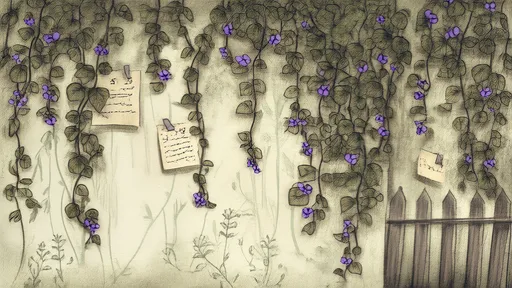
By /Jul 15, 2025

By /Jul 15, 2025

By /Jul 15, 2025

By /Jul 15, 2025
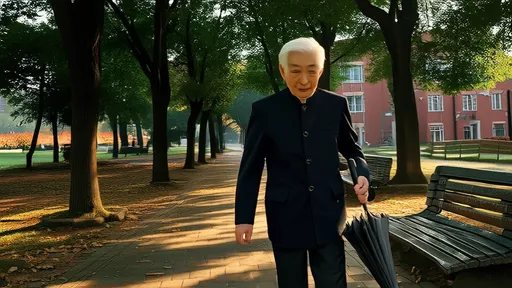
By /Jul 15, 2025
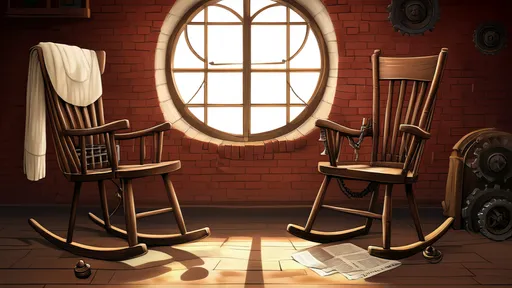
By /Jul 15, 2025

By /Jul 15, 2025

By /Jul 15, 2025
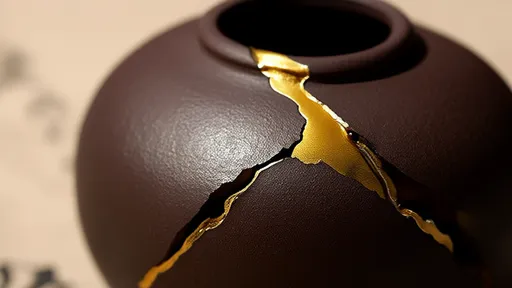
By /Jul 15, 2025

By /Jul 15, 2025
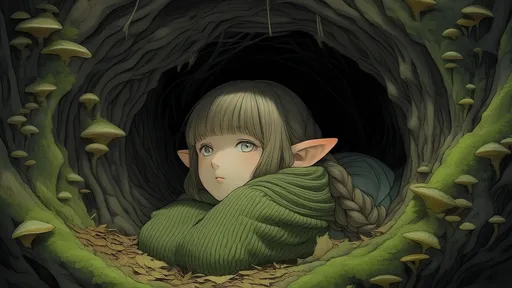
By /Jul 15, 2025
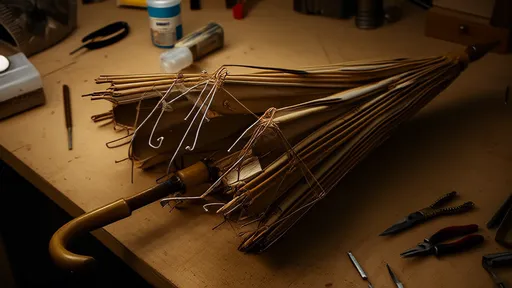
By /Jul 15, 2025

By /Jul 15, 2025
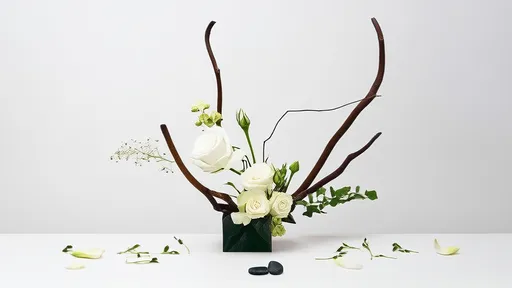
By /Jul 15, 2025
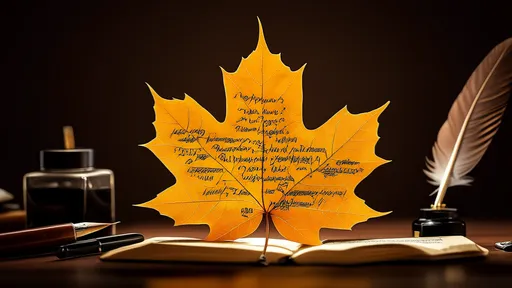
By /Jul 15, 2025

By /Jul 15, 2025

By /Jul 15, 2025

By /Jul 15, 2025